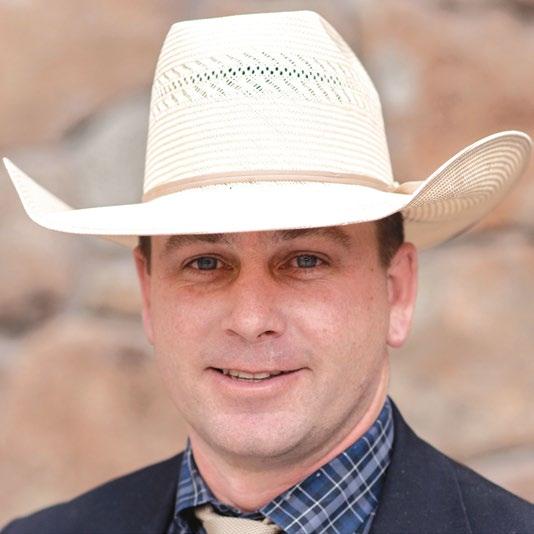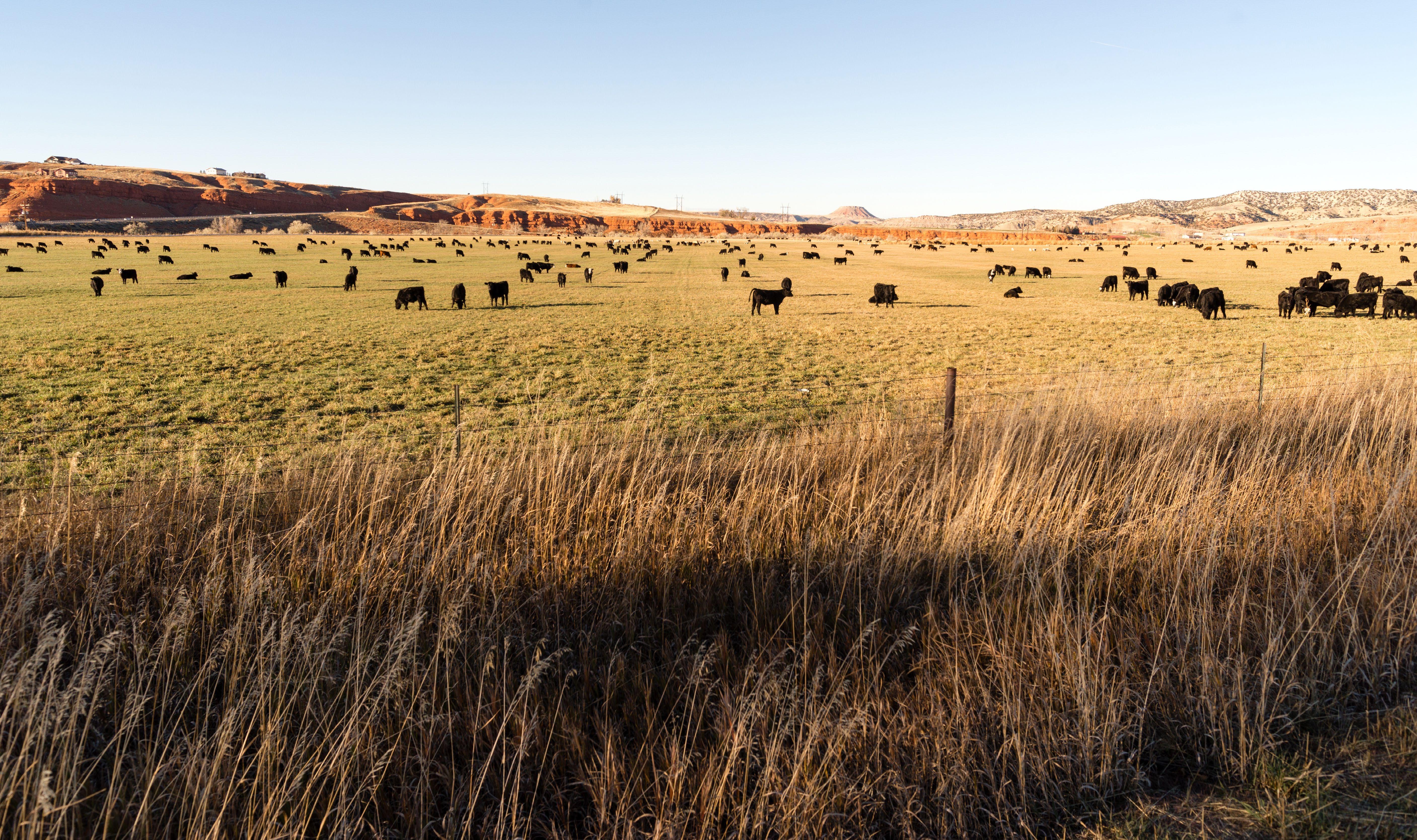
4 minute read
Message from the EVP
A change in perspective may help us find solutions in a shifting environment
BY CAMERON MULRONY ICA Executive Vice President
Advertisement
Focusing on trees instead of the forest may offer a new approach.
Death by a thousand cuts” It’s been quoted and referenced in many instances. It’s driven producers from business, crippled operations, and resulted in the loss of long-term viability. However, the opposite (according to a quick Google search), “Life by a thousand heals”, has provided operations the opportunity to thrive long term, made family ranches sustainable, and resulted in a flourishing industry.
Whether it be on an individual level or looking more broadly at the beef industry landscape, we all face issues with our daily operations. On occasion, we need make the time to look at the many smaller details that build success. In my view, by choosing to focus on what makes a successful scenario, rather than focusing on the detriments (or the ‘cuts’), the end result is more healing.
I purposely challenge myself when I start dwelling on the things that don’t go as planned, to think back to what I thought was necessary. For example, in the cattle industry I may wonder, ‘Why did I have a differing price point on my calves than my neighbors?’ ‘Why are my calves coming in at the weight that they are?’ ‘ Why are my breed back rates down this year?’ ‘Why are my production costs higher?’ There is a bevy of questions that deserve answering within any operation. We each have specific operation goals and as they say, the devil is in the details. These details often include the minor successes that we often take for granted – and that result in building a stronger, more resilient operation and industry. In my personal approach, I strive to look at things from a different perspective and ask ‘What did I do differently?’ ‘Was it a net gain?’ ‘Do my higher production costs result in a higher return?’ ‘What’s next?’ ‘How can I get better?’ It’s not easy looking at the other side of the coin, but I try.
Now, as I try to answer some of the questions posed above, it’s easy to look at the big headlines or narratives and quickly jump one direction or the other. Healing 1000 small cuts is likely much easier than plugging one large hole. That’s not to say we need to ignore the holes, however that we should also take the time to heal some of the smaller cuts as we go.
My point is that each segment of our industry cannot survive without the other. Each segment has some holes, but also has several small cuts that could be healed quickly as well. In today’s societal and political environment, the holes take time to fill, therefore we must also focus on the small cuts that we can heal- in order to stop the bleeding and keep our operations alive. As we look around the current scene, we need to find industry wide solutions to our more easily solved dilemmas and not just poke holes in each other. Let’s focus on healing some of the issues that we can manage with precise and surgical-like approaches.
I don’t think I am going to misspeak by saying that each of our operations would enjoy a larger margin per cow than we have today, regardless of that number. This can only be attained in 2 ways: fewer input dollars or increased income dollars. This we know not to be rocket science. But I challenge you to look at the things that can help you on BOTH ends of this equation. A decreased input will not always calculate to an increased margin, nor does the increased income dollars always result in positive margin changes either.
As I look at our political landscape and the discussion around food subsidies through farms, I caution
us in production agriculture to move slowly. This may ‘stuff a rag’ in the hole for a while but likely won’t address all the small cuts to the industry. Increased production in one agriculture industry must be offset by a lesser number of plantings in another sector. Corn is still the gold standard for a rancher’s cost of production as we take our cattle through their lifecycle. We need to heal some cuts, not just slap a band aid on the large ones!
In conclusion, I encourage each of you to look at your calf crops that had an acceptable margin, and question ‘what has changed since that crop?’ What are the things within your control? Can you make changes to heal some of your cuts, and grow at a time when it’s easy to look at the obstacles in front of you or dwell on the negative? I believe we are in a place in our industry to heal some of our problems, as long as we do not lose focus of those small things and waste too much energy trying to stuff a rag in the holes.
Drought Solutions. Delivered.
1218
Now is the time to optimize nutrition and performance. Your local CowBos Dealer delivers cost-effective, laborsaving and high-quality solutions with professional service to make the most of your investment.
1268
1202
1.855.4CowBos | www.CowBos.com
1267
As the seasons change, so do your needs.
We are here to meet them.

dlevans.com





